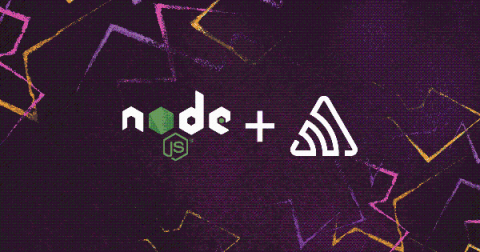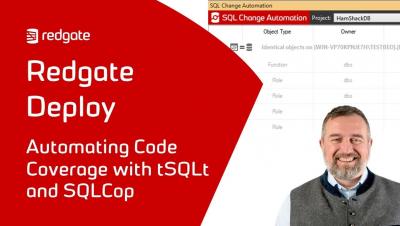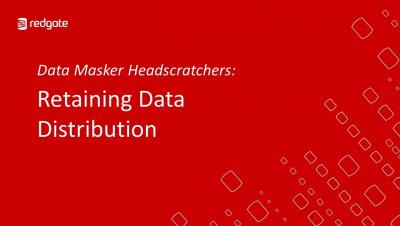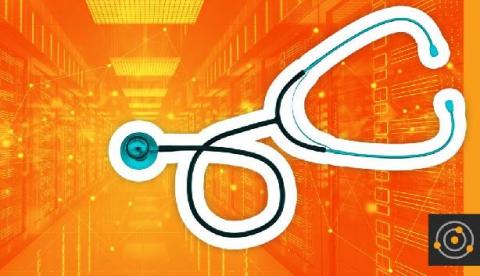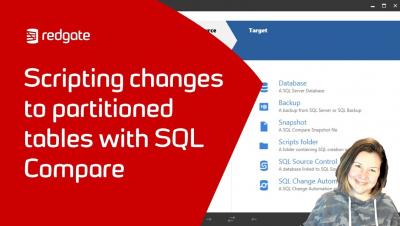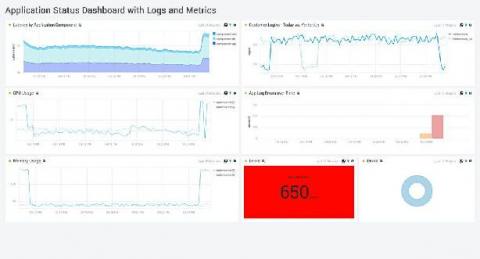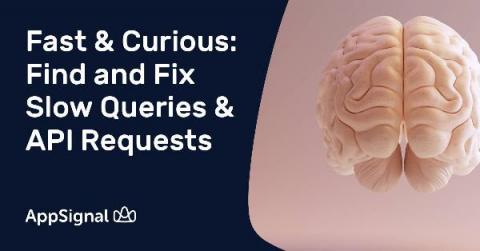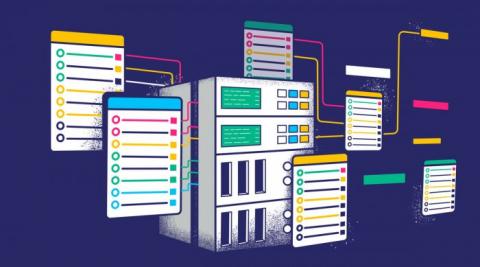Operations | Monitoring | ITSM | DevOps | Cloud
Databases
The latest News and Information on Databases and related technologies.
Tuning MySQL and the Ghost of Index Merge Intersection
Optimizing SQL queries is always fun—except when it isn’t. If you’re a MySQL veteran and have read the title, you already know where this is heading 😉. In that case, allow me to regale the uninitiated reader. This is the story of an (apparently) smart optimization to a SQL query that backfired spectacularly—and how we finally fixed it. It started off with a customer noticing that a SQL query was running slowly in their environment.
Support for Database Performance Monitoring in Node
Performance monitoring is great because it lets you see whether your application is fast or slow, and which parts need speeding up. For Node developers, those “parts” are most often endpoints handling incoming requests. Since the introduction of our performance monitoring offering in July 2020, Node devs have been able to use the Sentry SDK, @sentry/node, to measure the total time it takes to process each request, but we made some significant improvements since then.
Code Coverage Using tSQLt and SQLCop
Data Masker Headscratchers: Retaining Data Distribution
Why Database Performance Is Key to Understanding Application Health
Scripting Changes to Partitioned Tables with SQL Compare
Monitoring Microsoft SQL Best Practices
Fast & Curious: Find and Fix Slow Queries & API Requests
AppSignal was built because we were tired of slow and clumsy monitoring setups. Instead, we built monitoring that’s easy yet powerful - an intuitive interface enables you to figure out what’s happening in no time. Today, our team made finding slow events effortless. We’ve fully overhauled our slow events feature, helping developers to quickly find and fix slow queries and API requests.
5 Essential MySQL Database Logs To Keep an Eye on
MySQL is the de facto choice for open-source relational databases, and you should learn how to use MySQL database logs to improve efficiency and security. As an open-source product, it is free to use and has a large and active developer community. It is crucial to understand how to diagnose and monitor the performance of a MySQL instance in the long run. Logs to the rescue!




